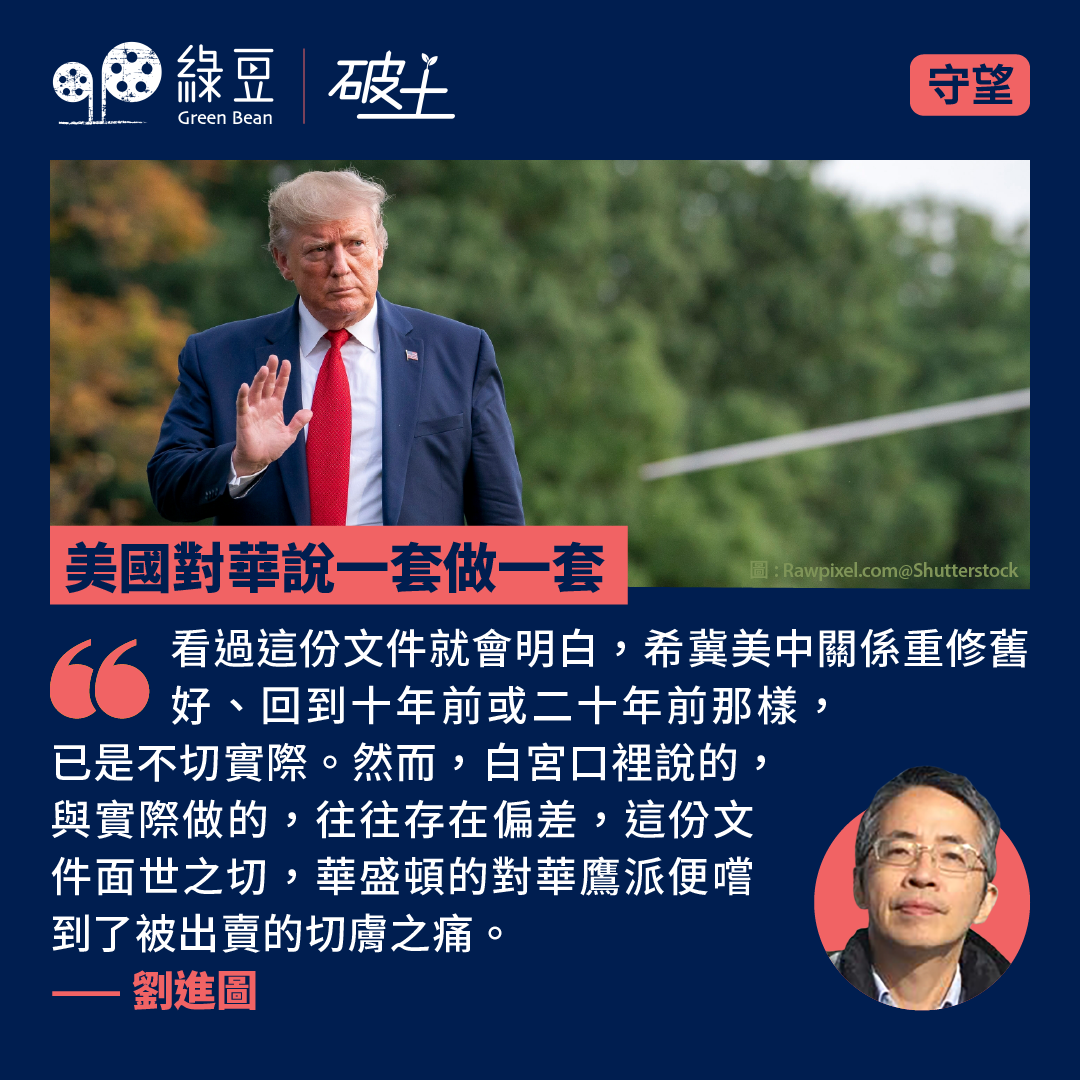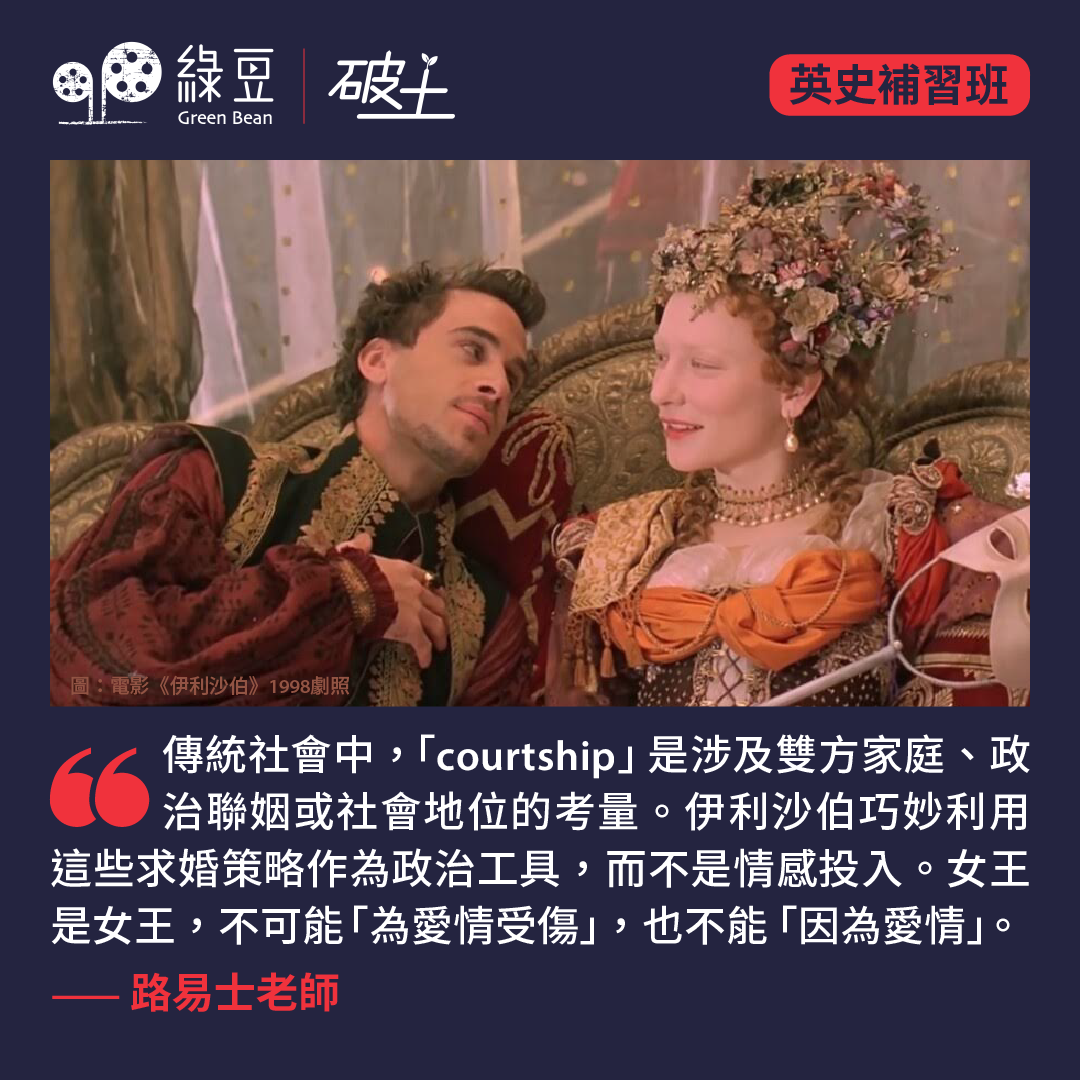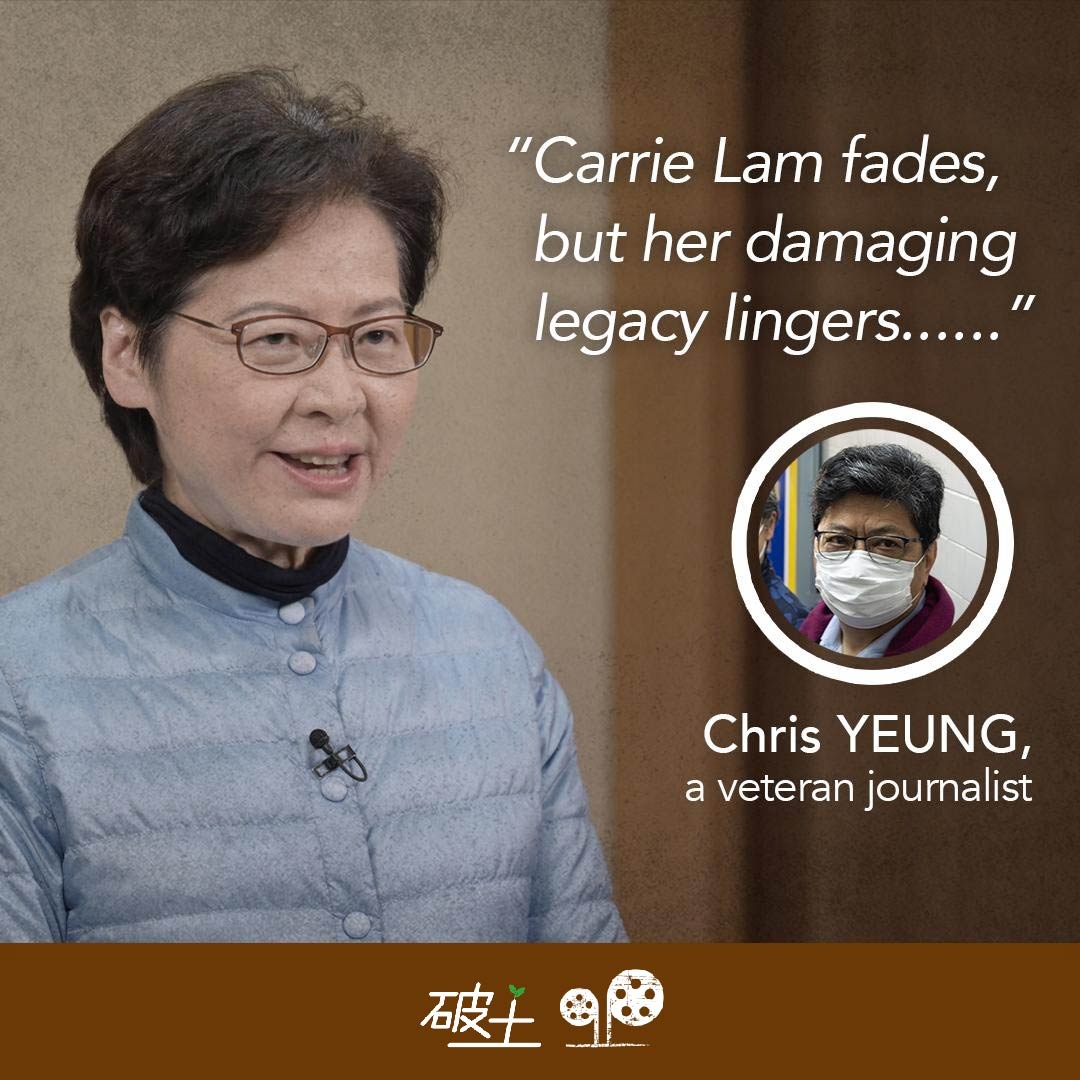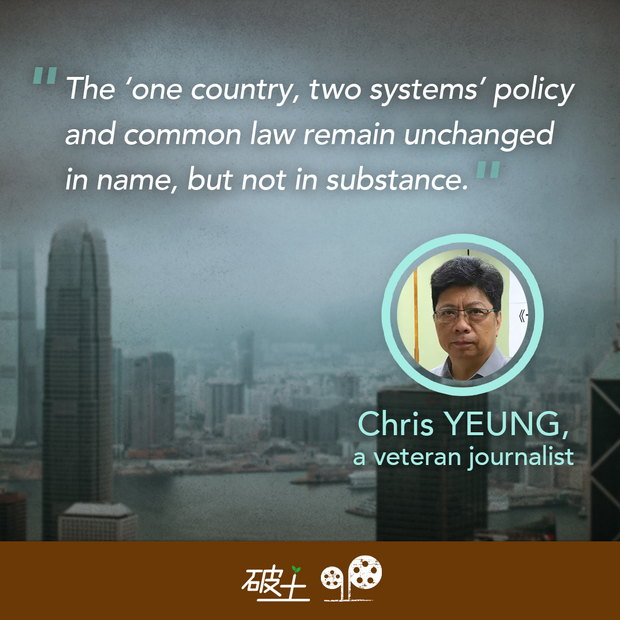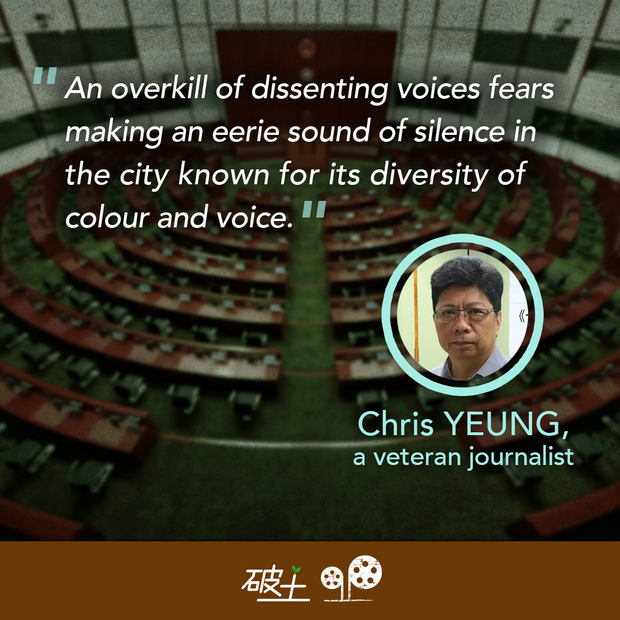Government faces catch-22 in locating Carrie Lam office
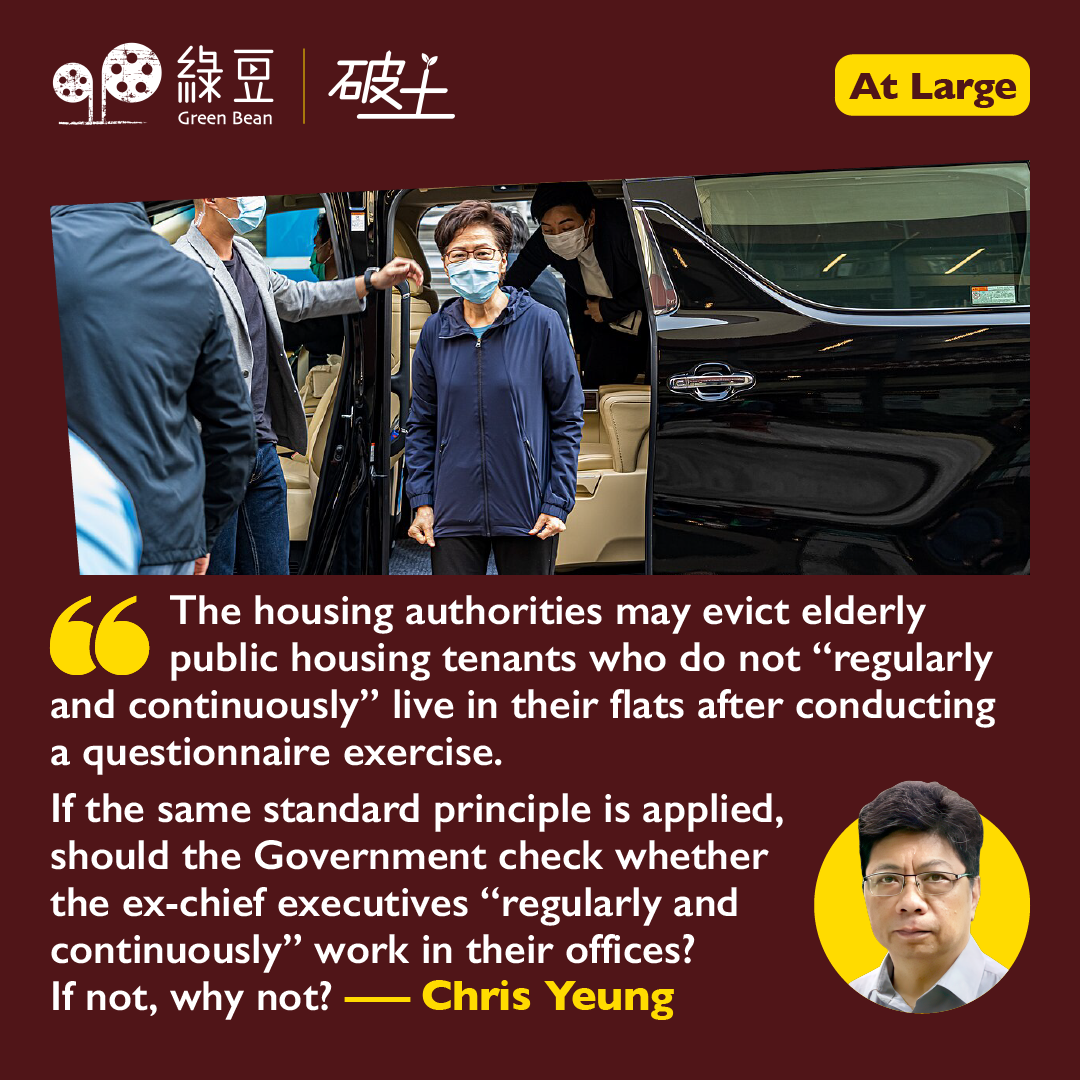
Former chief executive Carrie Lam is arguably the most controversial head of Hong Kong since the 1997 handover – even after she stood down. A controversy over her office flared up three years ago has hit headlines again.
Even before she finished her five-year term in 2022, Hong Kong saw face-lift changes in the aftermath of the 2019 social movement ignited by an extradition bill. The bill, which was championed by both Lam and her successor John Lee, was subsequently shelved after protracted protests.
Whether Lam is the brainchild of the bill or had merely done her job as the then chief executive remains a mystery. But her handling, or more accurately mishandling, of the bill and the protests has been the subject of criticism from people from different walks of life across the political spectrum.
9.17 million for Lam’s office
Against that background, it is not a surprise that a government spending of HK$8.7 million on renovating an office at the plush Pacific Place in Admiralty, next to Central in Hong Kong Island, for Lam in 2022 has caused a stir in the society.
Government officials were grilled by members of the “all-patriots” Legislative Council over the choice and the renovation cost of Lam’s office. It was dismissed as “totally unnecessary and expensive.”
The row erupted again in April when legislators scrutinised government expenditures in a post-Budget session. Government officials revealed in a written reply to lawmakers an estimated expenditure of about HK$9.17 million was allocated for Lam’s office, including HK$5.67 million for rent and HK$2.86 million in staff expenses, for the 2023-2024 fiscal year.
The sum accounted for about 44 per cent of the total expenditure for running all four former leaders’ offices, which stood at HK$20.99 million in the 2023-24 financial year.
The remuneration package
Government officials explained the office for chief executives in Mid-Levels has already accommodated Tung Chee-hwa, Donald Tsang and Leung Chun-ying with no additional space for Lam.
The setting up of offices for ex-chief executives followed a recommendation in a report on the remuneration package and post-office arrangements for the Chief Executive initiated by Tsang in 2005. The corresponding funding proposal was approved by the then Legco.
In view of the relatively modest spending, the questions of whether the former chief executive’s office was necessary, what role the ex-heads could play, have not been raised for discussion.
The questions were raised when the Mid-Level office was said to be full for one more ex-chief executive – but again without serious debate and review by legislators and the Government.
A catch-22 situation
This is despite the fact that it looks certain to return to headlines when the three-year contract of Lam’s luxurious office expires by May next year. It did.
In response to a media report on Friday, a spokesman for the ex-chief executives’ office said Lam’s office has taken the initiative to write to the Administration Wing in June for an early lease arrangement to avoid disruption of their work, citing the May lease expiry date.
In the letter, her office has indicated the Government can remove her office in Pacific Place elsewhere or relocate it to other suitable premises, including government buildings.
The fate of the office for Lam will put the Government at a catch-22 situation. A decision to renew the current lease looks certain to spark a fresh round of controversy. But moving out means the HK$8.7 million spending on renovation will go down the drain, giving more bullets to opponents, in particular some “patriots” in Legco.
Finding a new home for Lam is no easy task. It looks certain she will not be happy to locate her office at a co-working space in Ngau Tau Kok or even a decent office in such districts as North Point or Kwun Tong.
Locating it in government offices looks sensible. But given the fact ex-chief executives have no official role, putting his or her offices under the same roof of government organs sounds odd and confusing, if not disturbing, to incumbent civil servants.
Just imagine what if her office sits next to John Lee’s?
Role of the offices
Regardless of how well-intended the recommendations of the then government-appointed commission were, the idea of ex-chief executives’ office does not seem to have worked to make tangible contributions to society since the offices were up and running.
Tung, who reached 87 in July, is said to have been resting at home in the past few years. Who is working in his office? With the exception of Leung Chun-ying (who was everywhere), little was known about what Donald Tsang and Carrie Lam had been doing.
In another attempt to crackdown misuse of public resources on subsidised housing, the housing authorities may evict elderly public housing tenants who do not “regularly and continuously” live in their flats after conducting a questionnaire exercise.
If the same standard principle is applied, should the Government check whether the ex-chief executives “regularly and continuously” work in their offices? If not, why not?
( Photo : Studio Incendo )
▌[At Large] About the Author
Chris Yeung is a veteran journalist, a founder and chief writer of the now-disbanded CitizenNews; he now runs a daily news commentary channel on Youtube. He had formerly worked with the South China Morning Post and the Hong Kong Economic Journal.

